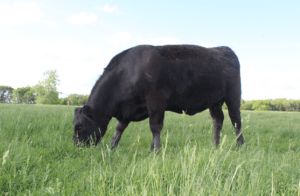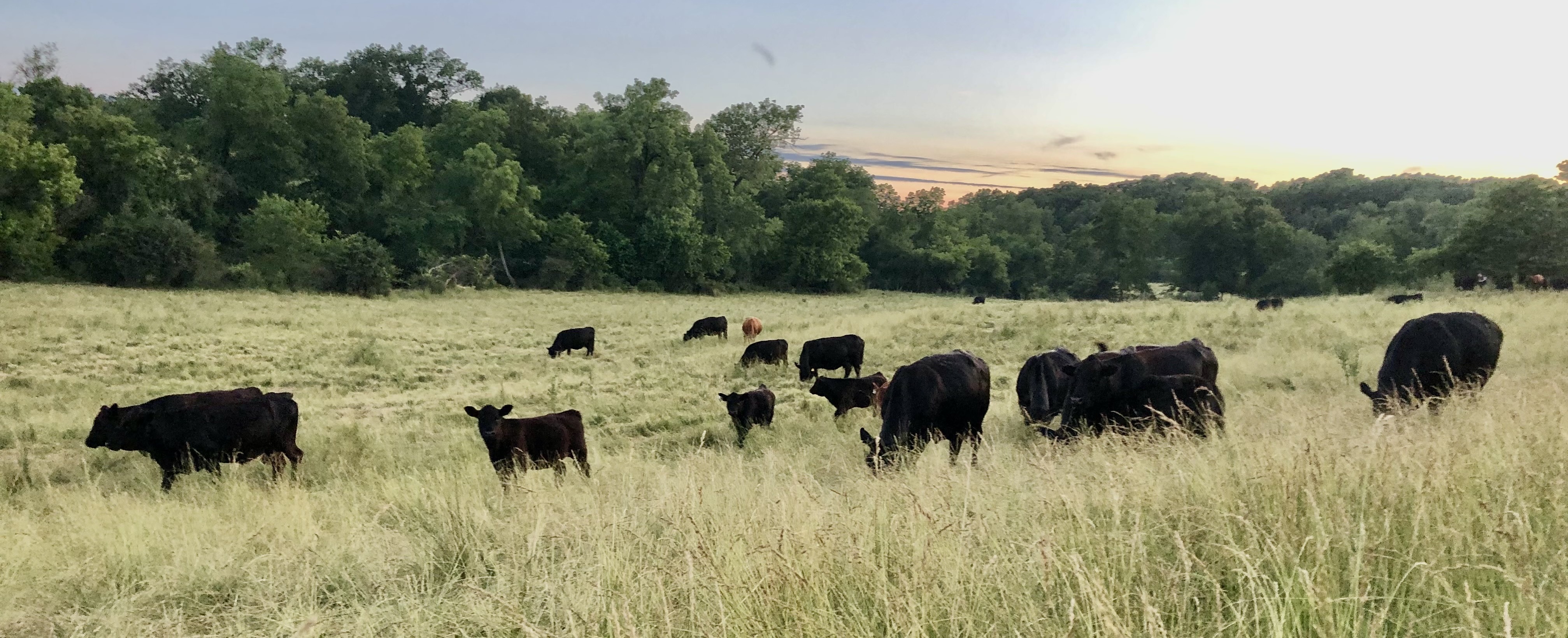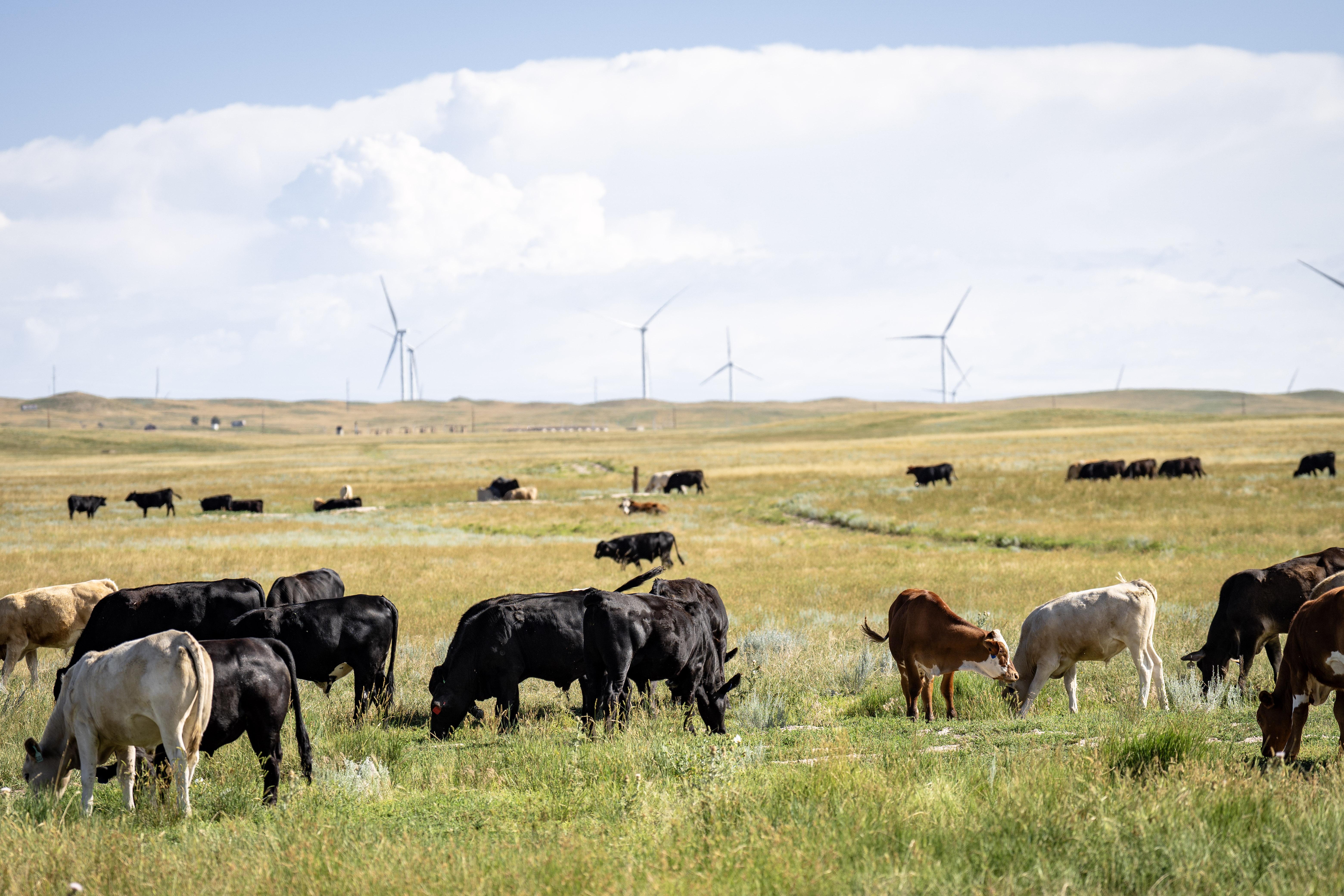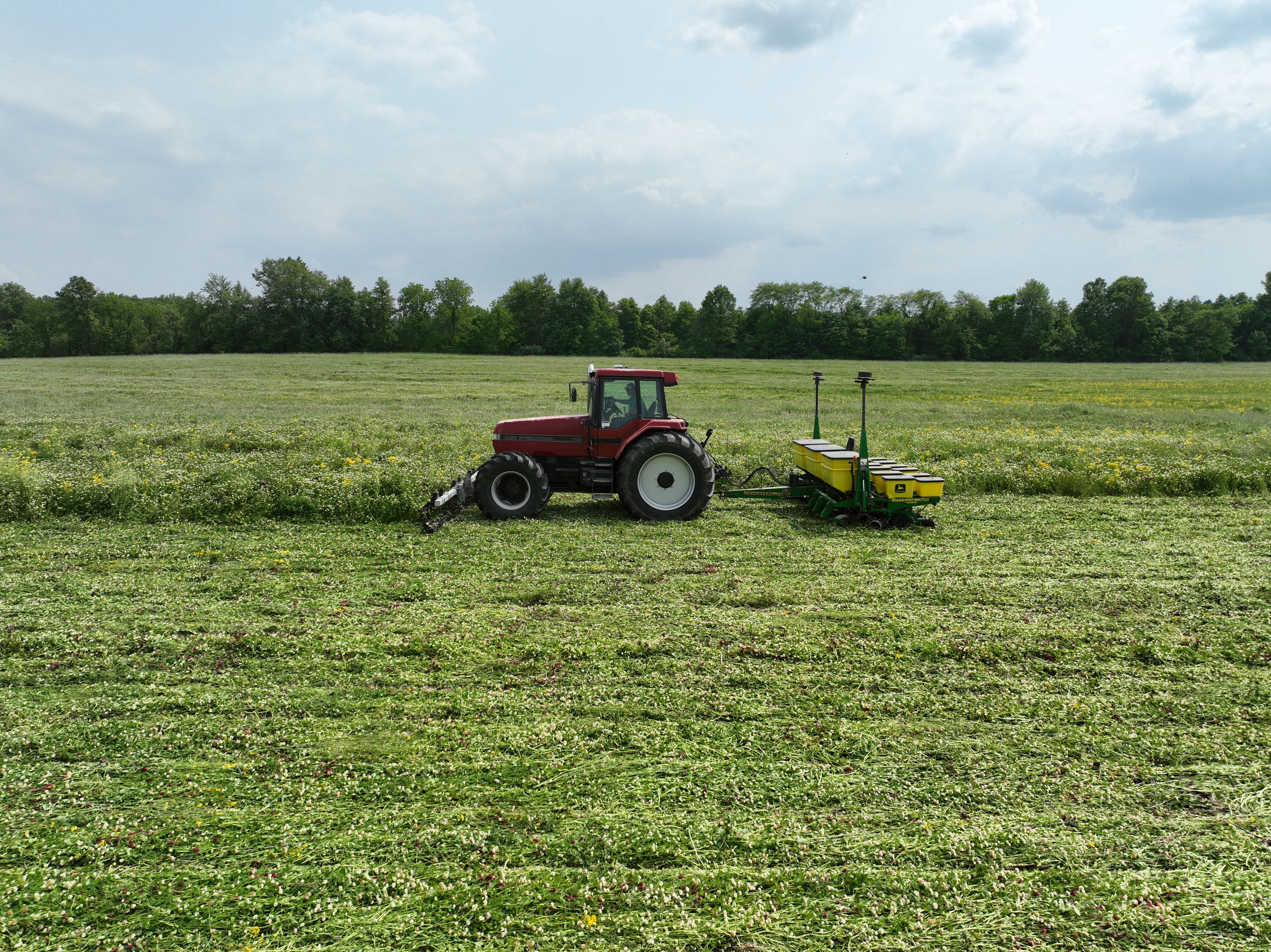Living in southeast Iowa, my family and I have around 100 head of cattle and 60 acres of row crops. However, the main purpose of our cattle operation was raising cattle for meat production or the showing industry. Growing up in the cattle industry has given me many experiences and lessons learned in life. The cattle industry takes time and effort in order to have a successful production. Focusing on the main, underground aspects like soil health is something that some don’t consider when raising livestock, cattle to be specific. Using the conventional ways of farming and ranching has made it easy to forget about life underground, the soil. Nowadays, some producers are beginning to utilize practices to help improve soil health.

Rotational grazing is a practice used to not only improve pasture productivity, but also soil health. It has successfully been used by many ranchers and farmers, who raise cattle, including my family’s cattle operation. Cattle are a huge aspect in improving soil quality for many reasons.
One reason cattle impact the soil is through the nutrients that their manure provides. Manure provides a diverse range of nutrients like nitrogen, phosphorus and potassium, which are all essential nutrients in improving soil health. Along with these added nutrients, manure can help reduce emitted ammonium gas and pathogens.
One of the eligible practices with Agoro Carbon Alliance is rotational grazing, in which local agronomists can give a custom assessment to farmers and ranchers. The main principles of rotational grazing include four steps: 4 steps in depth
Step 1: Determine the number of animal units that will be in the grazing system.
Step 2: Estimate how many acres will be needed throughout the grazing season.
Step 3: Estimate how large each paddock should be.
Step 4: Estimate the number of paddocks needed.
Additional benefits from rotational grazing with beef cattle can range from greater control over grass production, improved forage quality, higher animal performance, extended grazing period, and saving on bedding. All of these benefits could be something that your farm or ranch could incline to see if you practice rotational grazing.

From utilizing rotational grazing on my family farm, we have seen a true improvement. The weed presents have decreased and more forage production is visible. It has also allowed our operation to expand in size, while maintaining the same amount of pasture. If you think rotational grazing is something your operation could benefit from, get in contact with an Agoro Carbon Alliance agronomist to seek further information.


